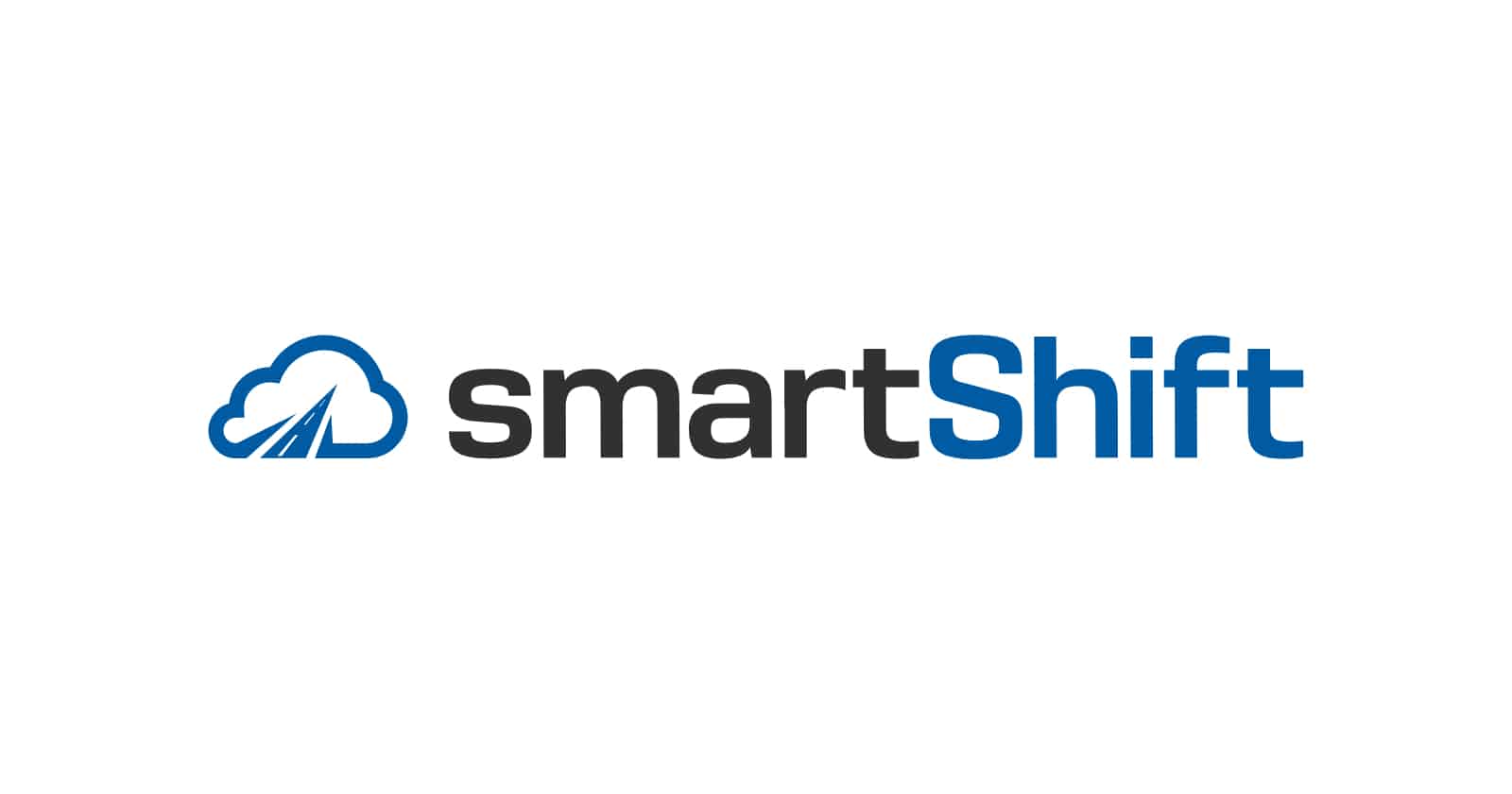When your ERP software supplier provides an upgrade or enhancement, or the business demands new functionality only available in a new release, how do you organize the migration of your many customizations?
Most companies start a manual migration process with a time consuming, and labour intensive proof-of-concept while facing an unpredictable migration outcome. Uncertainty remains and the upgrade enhances the risk for the business as it potentially effects the daily operations.
Wouldn’t it be nice to test drive an automated migration and get an exact project plan and budget calculation? With today’s technology that’s possible, eliminating risks and presenting a 100% predictable outcome to the business.
Remove uncertainty through automated migrations
Uncertainty in projects, especially for the migration of customized code, is highly undesirable. Both in time and budget. You want the freeze period to be as short as possible and no budget overrun caused by advancing insight. Even more importantly, you want to have all the insight before the start of the project.
Over the last few years upfront, automated analysis has become available and is offered by a variety of vendors, but what you really want is to automate the migration itself.
Automated migration is more than just automated analysis
An exact prediction of the outcome with automated analysis is only valuable if you can follow-up on the promise; to be able to deliver the full migration through automated transformation in a fixed price, fixed time manner. Only then will you dramatically reduce the risk, cost and cycle times for complex IT transformations.
Experiencing the added value of new enterprise software versions …right now!
The added value of using the newest versions of enterprise software is clear, the road to achieving this might be unsure and unpredictable. But, the possibility is there with automated transformation of custom code with drastically reduced costs and business risks, exceptionally high quality and very short freeze periods.
Companies should focus on the quickest possible way to benefit from new features and functions offered by their enterprise software supplier. Automated transformation is the way forward to quickly materialize the business value of the latest releases of enterprise software.

